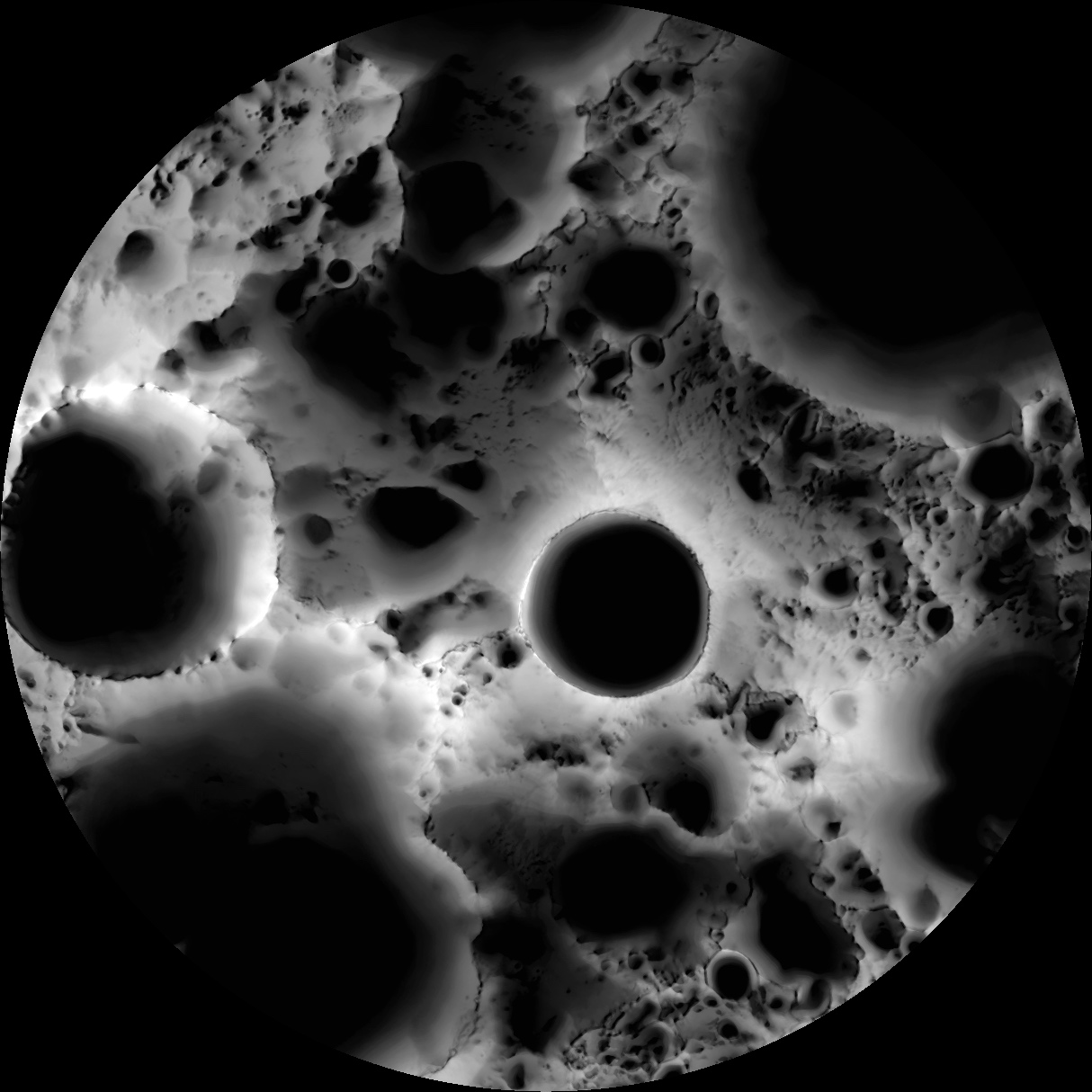Chandrayaan 3: India’s third lunar mission
Prepare for liftoff! India is gearing up for its third lunar mission, Chandrayaan-3, to launch from Sriharikota in Andhra Pradesh on July 14 at 2:35 pm. This mission follows the 2019 Chandrayaan-2, which faced setbacks when its lander and rover failed to achieve a soft landing on the Moon.
According to officials from the Indian Space Research Organisation (ISRO), Chandrayaan-3 will reach the lunar orbit approximately a month after launch.
The mission’s lander, Vikram, and Pragyaan rover are expected to touch down on the Moon’s surface on August 23. Interestingly, the landing site for this mission remains similar to Chandrayaan-2: the Moon’s south pole at 70 degrees latitude.
If successful, Chandrayaan 3 will become the first mission worldwide to achieve a soft landing near the lunar south pole.
Until now, all previous spacecraft that have landed on the Moon chose locations in the equatorial region, a few degrees north or south of the lunar equator.
The farthest any spacecraft ventured from the equator was NASA’s Surveyor 7, which made a historic landing at around 40 degrees south latitude way back on January 10, 1968.
So, why have we yet to explore the lunar south pole?
The answer lies in the significant advantages of landing near the equator. It offers a more hospitable environment with favorable terrain, moderate temperatures, and smoother surfaces that enable long-term and sustained operation of scientific instruments.
The equatorial region boasts even topography with minimal steep slopes, fewer hills or craters, and an abundance of sunlight, especially on the side facing the Earth. This sunlight ensures a steady supply of energy to solar-powered instruments.
In contrast, the lunar polar regions pose unique challenges due to their vastly different and rugged terrain. Many of these regions lie in perpetual darkness, untouched by sunlight, with temperatures below -230 degrees Celsius.
The absence of the sun and the extreme cold make it arduous to operate instruments effectively. Moreover, numerous large craters, ranging from centimeters to thousands of kilometers in size, further complicate exploration efforts.
Also, in Explained: Instagram Threads: Everything You Need to Know About the Latest Twitter Rival
But why are scientists eager to explore the lunar south pole?
Despite the rugged conditions, the polar regions of the Moon hold tremendous potential for scientific exploration. Orbiter missions have provided tantalizing hints about the intriguing nature of these uncharted territories.
There are compelling indications of significant amounts of ice molecules tucked away in the deep craters of the lunar south pole. India’s Chandrayaan-1 mission in 2008 detected the presence of water on the lunar surface thanks to its onboard instruments.
Additionally, the frigid temperatures in these regions have a unique advantage—anything trapped there remains frozen in time, undergoing minimal changes over vast periods.
The rocks and soil at the Moon’s north and south poles could hold vital clues about the early Solar System, offering invaluable insights into the formation and evolution of celestial bodies.
Also read: Microsoft Unveils Roadmap for the First Quantum Supercomputer Revolution
Why do certain areas of the lunar polar regions remain perpetually devoid of sunlight?

Unlike Earth, whose tilted spin axis creates a 23.5-degree angle with the plane of its solar orbit, the Moon’s axis only tilts a mere 1.5 degrees.
This distinctive geometry means that sunlight never reaches the floors of several craters near the lunar north and south poles. These dark and enigmatic areas are called Permanently Shadowed Regions (PSRs).
In a 2019 report, NASA highlighted the significance of PSRs, stating that water finding its way into these regions can remain trapped for extended periods.
The Lunar Reconnaissance Orbiter (LRO), a robotic spacecraft orbiting the Moon, provided data from its Diviner instrument, which measures temperatures across the lunar surface.
This data confirmed that certain characters within PSRs are icy, allowing water to remain stable on the Moon’s surface.
With Chandrayaan-3 upcoming mission to explore the lunar south pole, India’s space agency aims to unveil the mysteries hidden within this uncharted territory.
Moreover, by pushing the boundaries of lunar exploration, ISRO continues to inspire scientific curiosity and deepen our understanding of the cosmic wonders surrounding us.
Also, in Explained: Qualcomm Modem Launches Two New Chipsets with Satellite Connectivity






